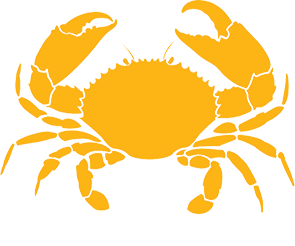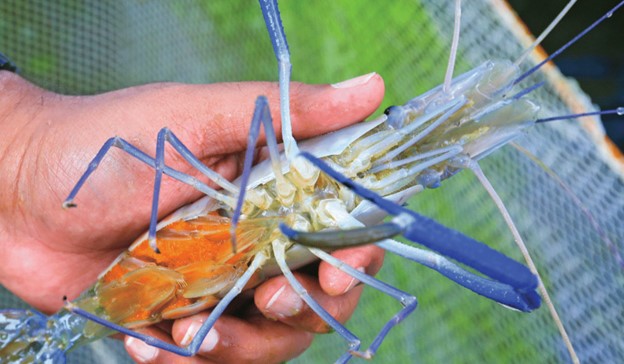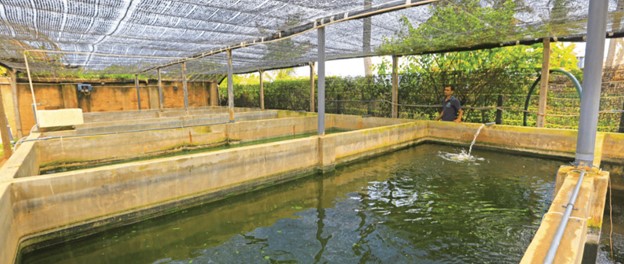
- Home
- About Us
- Philosophy
- Accolades
- Meet the Ministers
- The Menu
- Hansard
- Pop-Ups
- Concept Store
- Reservations
- Select a Location
- Contact Us

The sunny coastal town of Pamunugama speckled with serene structures of churches was abuzz with activity as we approached. Overlooking a beach front, the Tropical Shellfish Hatchery marks the starting point of the tale of the island’s giant freshwater prawns. Tropical Shellfish was initiated by Shan Meemage, who pioneered a foundation to the niche industry with the extensive experience and knowledge he had gained through being involved in his father’s ornamental fish exporting venture. Today, Shan has become a close confidante of Dharshan as they work hand in hand, with the aim of developing and providing a meticulous supply chain of only fresh and high-quality seafood for Dharshan’s restaurants. The interesting life cycle of the freshwater prawns begins in the hatchery where Shan and his trained team vigilantly breed the prawns from the larval stage. We observed the immaculate ways in which the hatchery had been engineered, adhering to the maximum of quality and hygiene.
standards in order to produce the best seafood. Matured prawns generally live in fresh water yet migrate into to the shallow waters of lagoons and mangroves during the breeding period; these areas having a higher salinity level than the fresh water. Therefore, the various stages of the life cycle demand differing levels of salinity. This was facilitated by implementation of a customised water management system, that can supply brackish water, fresh water or even a mixture of both depending on the required conditions of water.
The tanks of the broodstock consisting of massive male freshwater prawns and comparatively smaller female prawns were under special care as ensuring good health and maintaining maximum survival rates is of paramount importance. The broodstock are fed with fresh feed and the temperature of the tanks are checked regularly. The reproducing females are collected from the holding system and placed in a separate tank where the eggs are allowed to hatch. Afterwards, the larvae are obtained with a collecting device and separated from the females. Intrigued, we watched as the larvae, no bigger than dots, appeared onto the surface and disappeared back into the depths of the tank in the blink of an eye.

The tanks holding the post larvae and adult female prawns
The hatching system consists of bio filters to prevent the growth of pathogenic bacteria and other harmful species. “We promote the growth of probiotics in the tanks instead of using antibiotics, thus our produce is completely organic and contains no chemicals at all”, explained Shan. Once the larvae reach the post larvae stage, they are fed with brine shrimp (baby marine prawns). Though, the post larvae are less vulnerable than larvae, the risk of contamination through water and air still prevails. Thus, water is pumped into each tank through valves, while a standby culture of algae is maintained to continuously sustain healthy post larvae.

Inside the securely maintained post larvae facility
With a vision of sustainability and quality, tropical Shellfish ensures environmental conservation at each stage of its operational cycle.

The matured blue-clawed males marking their territory within the tank
As the indoor area where the post larvae are housed was easily prone to diseases, access to the hatchery was strictly restricted for authorised personnel only. It takes around 75 days for post larvae to become adult prawns: these easily weighing 600-800grams. The Sri Lankan freshwater prawn has become a star in the global culinary map for its dominant size. Prawns bred in the hatchery are released and allowed to swim wild and free in the island’s many freshwater bodies and reservoirs. With a vision of sustainability and quality, Tropical Shellfish ensures environmental conservation at every stage of its operational cycle. For instance, when disposing of water after usage, the hatchery has a treatment facility and sediment tanks to chlorinate and release the water into a sinking pit.
